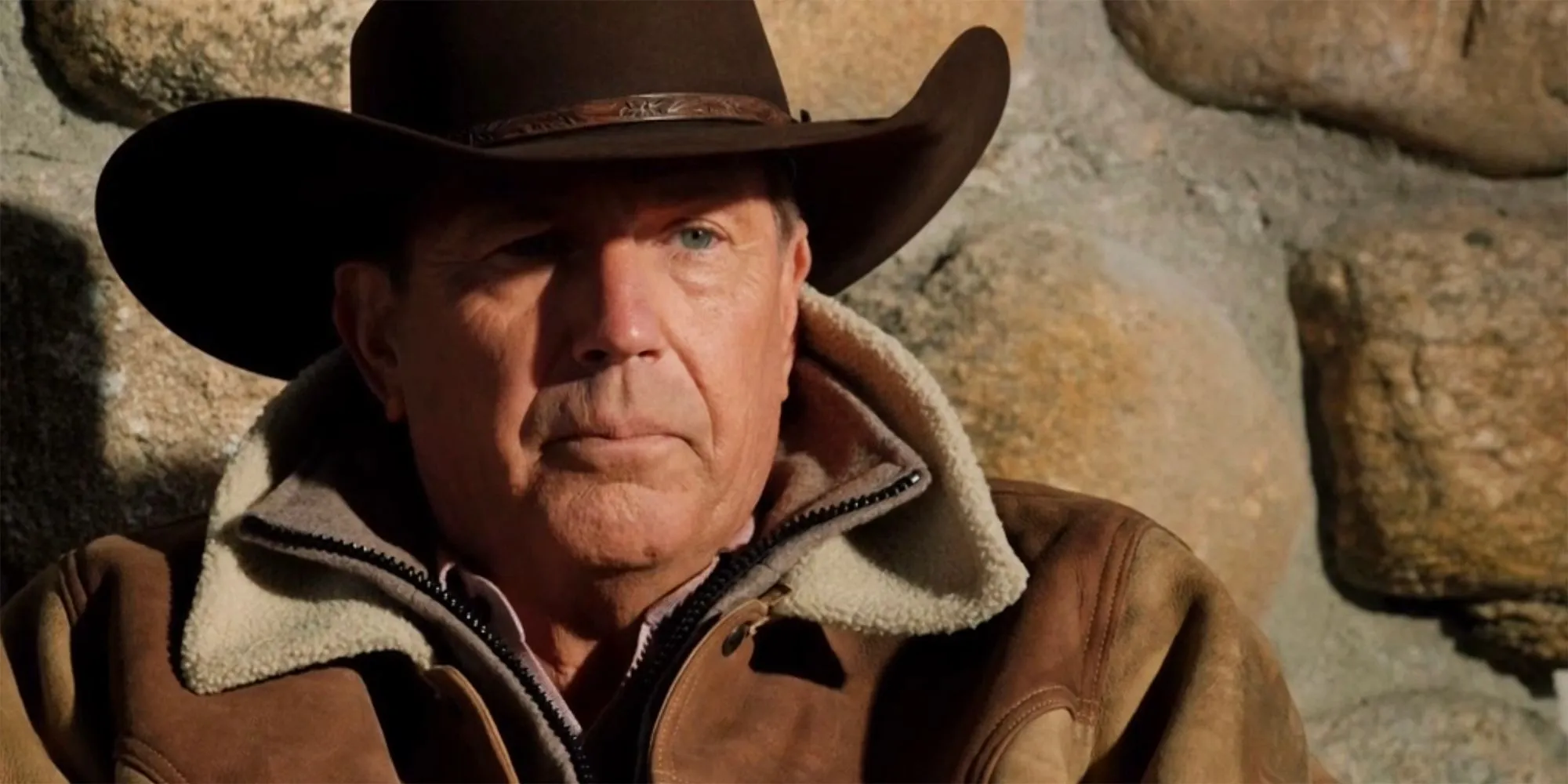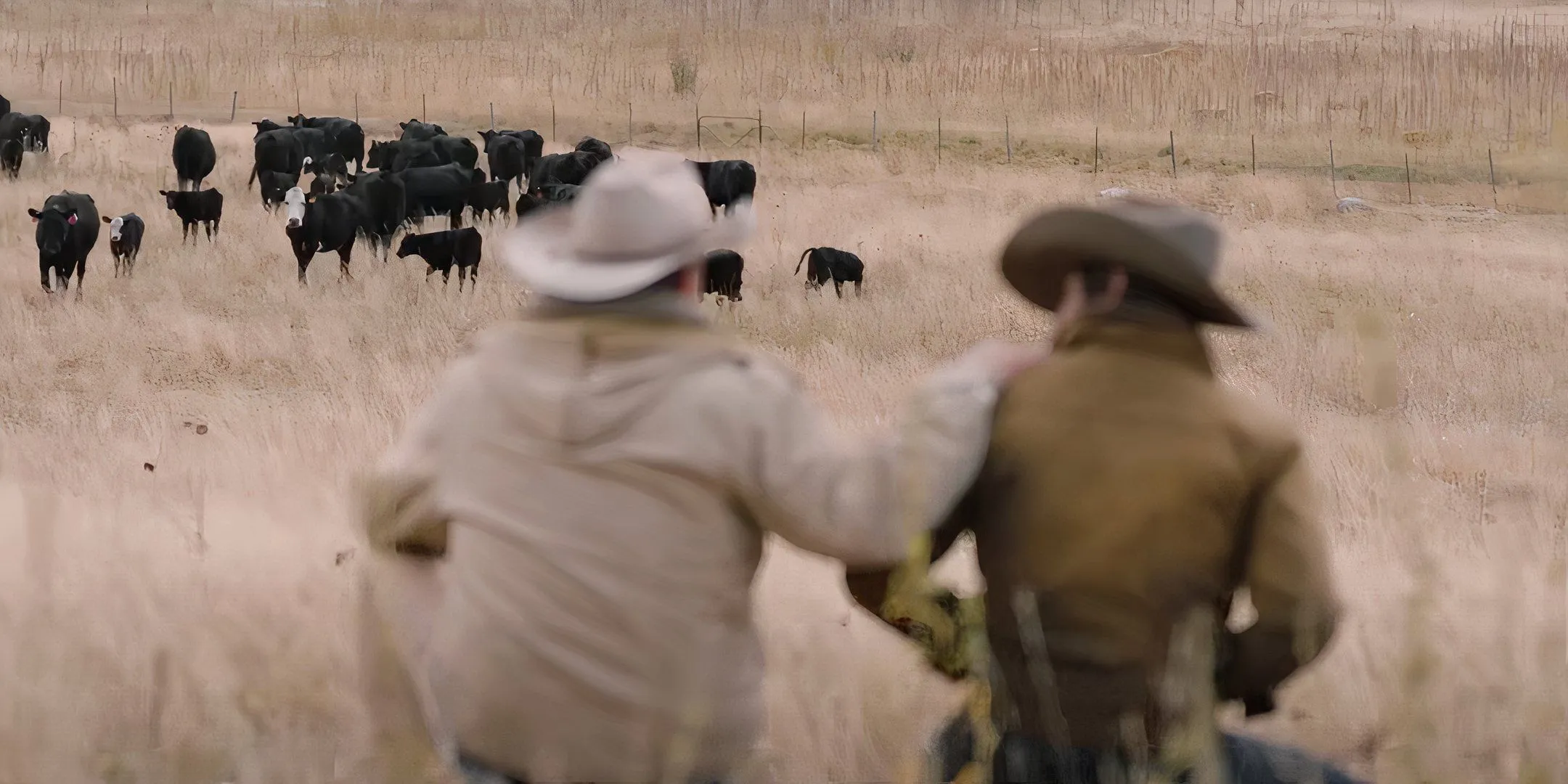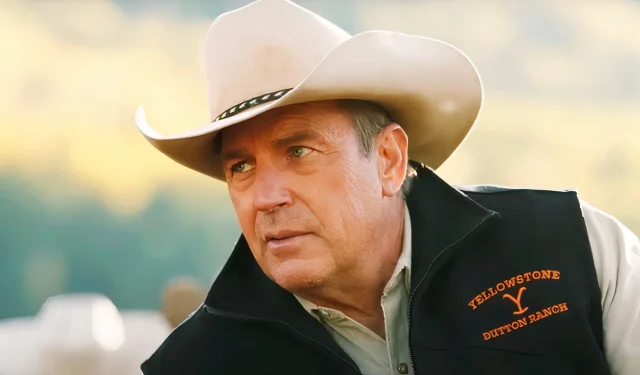Yellowstone: A Cowboy’s Perspective on Season 1’s Calf Birthing Scene
Since its debut in 2018, Yellowstone, created by Taylor Sheridan, has captivated audiences with its gripping portrayal of ranch life. Following the struggles of John Dutton, portrayed by Kevin Costner, as he safeguards his Montana ranch, the series features intense conflicts alongside the nuances of everyday ranching. One notable moment from the premiere episode is when John Dutton assists in the delivery of a calf during a crisis.
The Mixed Review from Real-Life Cowboy Tucker Brown
In a recent analysis featured in a video by Vanity Fair, seasoned Texas rancher Tucker Brown shares his insights on the realism of Yellowstone’s calf birthing scene, highlighting both its realistic tension and a critical oversight. Although he acknowledges the accurate depiction of urgency in calf delivery, Brown critiques the unrealistic portrayal of the calf’s immediate vitality—specifically, its ability to rise and run moments after birth.
“They did a pretty good job of showing the urgency that you have when something is going wrong, the stress that it can cause, and some bad things that can happen. Cowboys and ranchers are needed, ‘cause that is a situation that can happen, and kind of a life or death situation for the calf and the cow. Really the only thing that they may have missed, or kind of moved to Hollywood, right, was that when a calf is born it can’t get up and run away. And it looks like a baby giraffe, it can’t really stand, its legs are really wobbly. Normally, it takes a calf 30 minutes to be able to get up. The mama turns around and licks it dry, and that’s kind of their bonding moment. And on this, they mentioned that it was breech. So normally, a calf comes out two feet first and then the nose, but if you see anything besides two feet, something’s wrong. And it looks like that’s what happened on that scene.”
“In a perfect world, and what happens on 98% of our calf births, is that no one’s there, there’s no stress involved. It’s just her, the calf, and nature. The ones we have to watch would be what we call a heifer. A heifer is a female bovine that has not had a baby yet. So when it’s their first baby, we’re a little different than most ranches. We watch them and check ‘em every four hours. Through the day, through the night, we rotate times. They’ll show signs of labor, starting with a kink in their tail, and that’s when we know that they’re beginning labor. We’ll give ‘em two hours and there should be a water bag next. We’ll give ‘em two more hours and there should be two feet. We’ll give ‘em two more hours and there should be a calf on the ground.”
“They did a pretty good job of making it look super real, besides the part where it gets up and runs away, ‘cause I would be quite startled if that were to happen to me. I’m working in tandem with the narrative of Yellowstone as I’m doing it. In our way of life, we’ve wanted people to know more about it. And now, more people are interested in the cowboy way of life than ever in my lifetime.”
A breech birth, when the calf is positioned to exit tail-first, poses significant risks to both the calf and the cow, potentially leading to dangerous outcomes.
Insights on Yellowstone’s Appeal
Inaccuracies: A Minor Concern

Despite facing some behind-the-scenes controversies involving Kevin Costner, Yellowstone has remained a viewer favorite, even with its 58% rating during its first season according to Rotten Tomatoes. Subsequent seasons saw improvements in ratings, with later seasons garnering significantly higher scores. The show’s success spawned popular spinoffs such as 1883 and 1923, further expanding its universe.
|
Yellowstone Seasons’ Rotten Tomatoes Scores |
|
|---|---|
|
Season 1 |
58% |
|
Season 2 |
89% |
|
Season 3 |
100% |
|
Season 4 |
91% |
|
Season 5 |
79% |
The artistic liberties taken in Yellowstone regarding ranch life have not adversely affected its popularity. In fact, many casual viewers may be unaware of the inaccuracies. The series also embraces dramatic elements typical of soap operas, capturing viewers’ interests with heightened storytelling. The finale of Yellowstone marked a significant milestone, becoming the most-watched episode in the series’ history, with an impressive 13.1 million viewers tuning in.
Our Perspective on the Calf Birth Scene
Significance of This Opening Moment

The calf birth sequence is pivotal in establishing the series’ tone, character dynamics, and the realities of ranch life. It effectively illustrates the intense situations ranchers face daily while offering a glimpse into authentic ranching practices. This scene underscores John Dutton’s character, showing that he is willing to engage directly in the physical labor of running a ranch, thereby highlighting his dedication amidst the overarching power dynamics.
For further details, view the original commentary on Vanity Fair.


